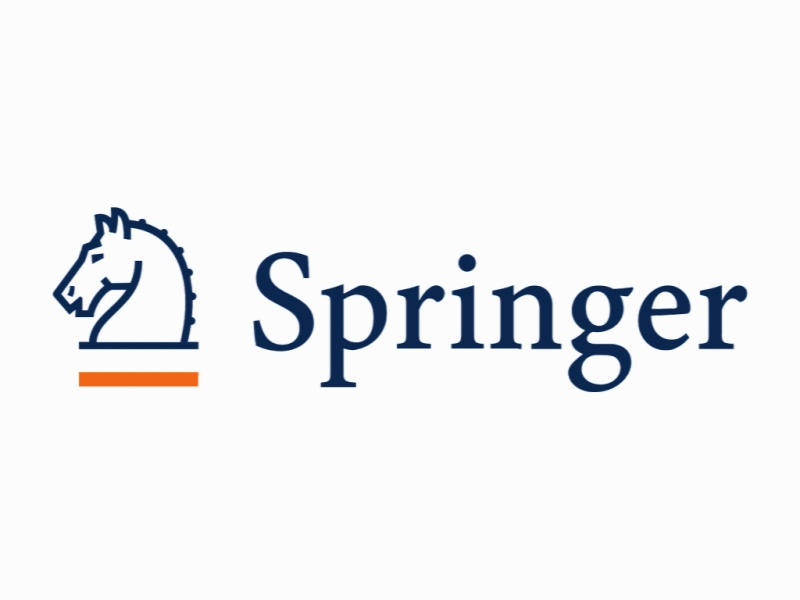حذف فلزات سنگین و مواد آلوده کننده با استفاده از روش جذب غشاء Removal of heavy metals and pollutants by membrane adsorption techniques
- نوع فایل : کتاب
- زبان : انگلیسی
- ناشر : Springer
- چاپ و سال / کشور: 2018
توضیحات
رشته های مرتبط شیمی، محیط زیست
گرایش های مرتبط شیمی تجزیه، مهندسی بهداشت محیط
مجله علوم آب کاربردی – Applied Water Science
دانشگاه Chemical and Biological Engineering Department – University of Ottawa – Canada
منتشر شده در نشریه اسپرینگر
کلمات کلیدی انگلیسی Adsorption, Graphene, Water treatment, Carbon nanotubes, Membrane, Wastewater, Zeolites
گرایش های مرتبط شیمی تجزیه، مهندسی بهداشت محیط
مجله علوم آب کاربردی – Applied Water Science
دانشگاه Chemical and Biological Engineering Department – University of Ottawa – Canada
منتشر شده در نشریه اسپرینگر
کلمات کلیدی انگلیسی Adsorption, Graphene, Water treatment, Carbon nanotubes, Membrane, Wastewater, Zeolites
Description
Introduction “When the Well’s dry, we know the worth of water”, Franklin (1746) quoted those prophetic words nearly two and a half centuries ago. Now, those wells are in danger of running dry, and we are facing a critical shortage of clean and fresh water. The problem is not the supply of water. Earth has virtually the same amount today as it had at Dinosaur’s period. We are the cause for acute shortage of fresh water (drinking) due to our fagrant abuse of one of our precious and limited resources. Water pollution due to organic contaminants is a serious issue because of acute toxicities and carcinogenic nature of the pollutants. The maximum contaminant level (MCL) standards, for those heavy metals, established by United States Environmental Protection Agency (USEPA) (Babel and Kurniawa 2003) are summarized in Table 1. So far, a number of efcient methods have been reviewed for the removal of heavy metals such as chemical precipitation, ion exchange, reverse osmosis, electrodialysis, ultrafltration, nanofltration, coagulation, focculation, foatation, etc. However, these methods have several disadvantages such as high reagent requirement, unpredictable metal ion removal, generation of toxic sludge, etc. Adsorption process being very simple, economical, efective and versatile has become the most preferred methods for removal of toxic contaminants from wastewater (Lakherwa 2014). Comparatively, the adsorption process seems to be a signifcant technique due to its wide applications, such as ease of operation, economic feasibility, wide availability and simplicity of design (Malik et al. 2016). Among the aforementioned methods, adsorption is considered to be one of the most appropriate techniques, but there are disadvantages to this method, including small capacity, high cost, difculty for large-scale application, etc. The adsorbents may be of mineral, organic or biological origin: activated carbons, zeolites, clay, silica beads, low-cost adsorbents (industrial by-products, agricultural wastes, biomass) and polymeric materials (organic polymeric resins, macroporous hyper crosslinked polymers) are signifcant examples (Crini 2005; Bobade and Eshtiag 2015). Huang et al. (1985) evaluated the activated carbon adsorption process for the removal of Co(II) from solution with special emphasis placed on the efect of various organic substances on Co(II) removal. Their results showed Co(II) was removed by adsorption rather than be precipitation alone. Fourteen types of activated carbons were evaluated for their Co(II) removal capabilities. Two activated carbons, Nuchar SA and Nuchar SN, gave similar high metal removal capacities (removals approached l00%, depending on the solution pH). The Co(II) removal percentage decreased with increasing surface loadings. Al-Rashdi et al. (2011) reported the removal of some heavy metals [Cu(II), Cd(II), Mn(II), Pb(II) As(III), and As(V)] from aqueous solution using adsorption and nanofltration membrane techniques. Table 2 shows the results (removal of heavy metals) obtained by nanofltration (NF) and by adsorption on diferent materials.


